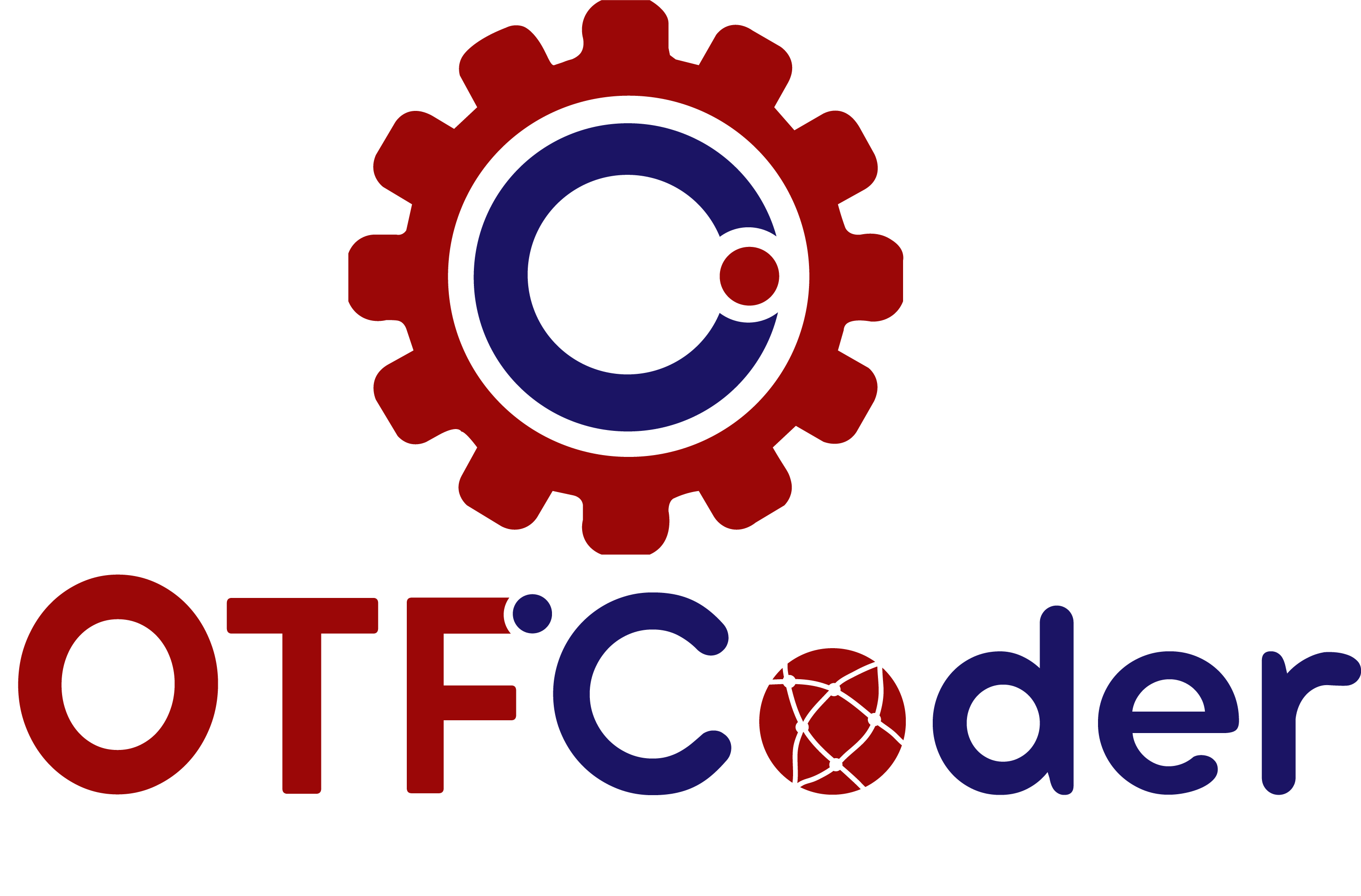Top 10 Tips to use when you are Developing your Webs Application on Laravel

Developing a robust web application requires a solid framework that facilitates efficiency, scalability, and maintainability. Laravel, one of the most popular PHP frameworks, offers all these benefits and more. In this blog, we dive into the top 10 essential tips that will help you harness the full potential of Laravel in your development projects.
1) Following the MVC Pattern:- Laravel follows the Model View Controller(MVC) architectural pattern which keeps your application’s codebase organized, making it easier to maintain and is easier to scale. The separation of the code ensures that the codebase is more manageable.
2) Utilizing Eloquent ORM:- Eloquent is Laravel’s Object Relational Mapping(ORM) system that offers simple and elegant ActiveRecord implementation for your database. You can use Eloquent to handle database operations like querying, inserting, updating, and deleting records.
3) Use Artisan Commands:- Laravel’s built-in command line interface, Artisan, provides a variety of commands to automate repetitive tasks. It can generate boilerplate code and also run migrations and seeders and assists in speeding up the development process.
4) Optimize Database Queries:- It is essential to optimize your queries to ensure the application runs efficiently. You can use query scopes, eager loading, and pagination to reduce the number of queries and thereby improve performance.
5) Use Migrations and Seeders:- Laravel’s migration allows you to manage your database and control the changes in order to maintain consistency across different environments. Seeders are also important for testing and developing your applications.
6) Implement Authentication and Authorization:- Laravel’s built-in authentication manages user login, registration, and password reset. Authorization uses policies and gates to restrict accessibility to only authorized users which enhances the security of your application.
7) Embracing Validation and Error Handling:- You can use Laravel’s validation rules to ensure that the user input is clean. Additionally customizing error pages and logging errors for debugging purposes ensures graceful handling.
8) Using Blade Templating Engine:- Blade is Laravel’s powerful templating engine that is specifically designed to simplify the process of creating views. The blade’s template inheritance, sections, and components are suitable to build reusable templates.
9) Documenting Code:- Clear documentation of code is necessary for seamless collaboration, troubleshooting, and maintenance of your web applications. You can use helpers, traits, and service providers to avoid code duplication.
10) Writing Unit and Feature Tests:- Laravel provides important testing tools for writing unit and feature tests. Use PHPUnit and Laravel’s testing helpers to write tests for your models, routes, and controllers.
Read More : Laravel v11: Latest Guide To Laravel Update and Upgrade
As you incorporate these top tips into your Laravel development process, remember that the most effective web applications are built through continuous learning, experimenting, and refining. Embrace these practices to not only improve your skills but also to ensure your applications are robust, secure, and user-friendly. Looking to take your Laravel projects to the next level? Connect with us today to discuss your project needs or to get more insights on optimizing your web application development. Don’t forget to subscribe to our blog for more updates and tips from the world of web development!
















